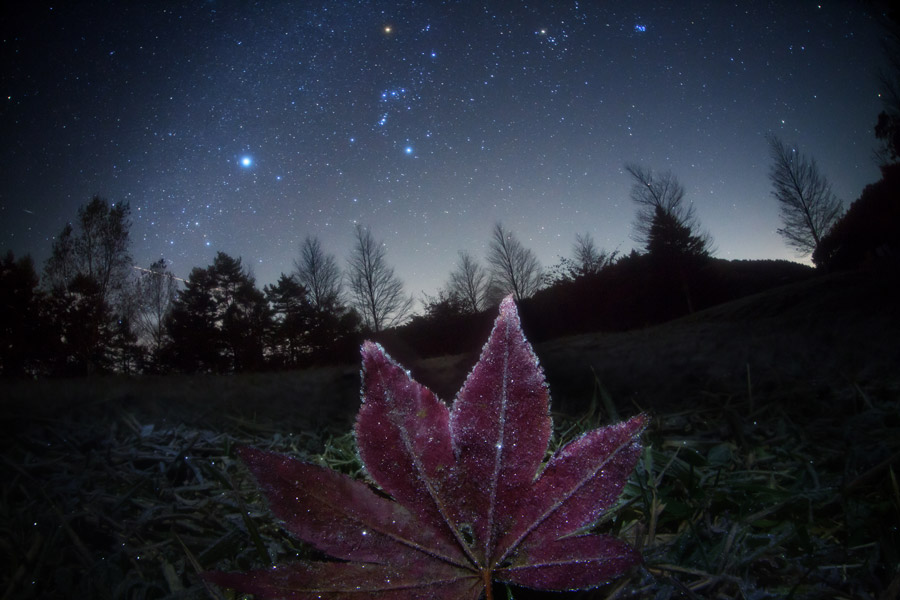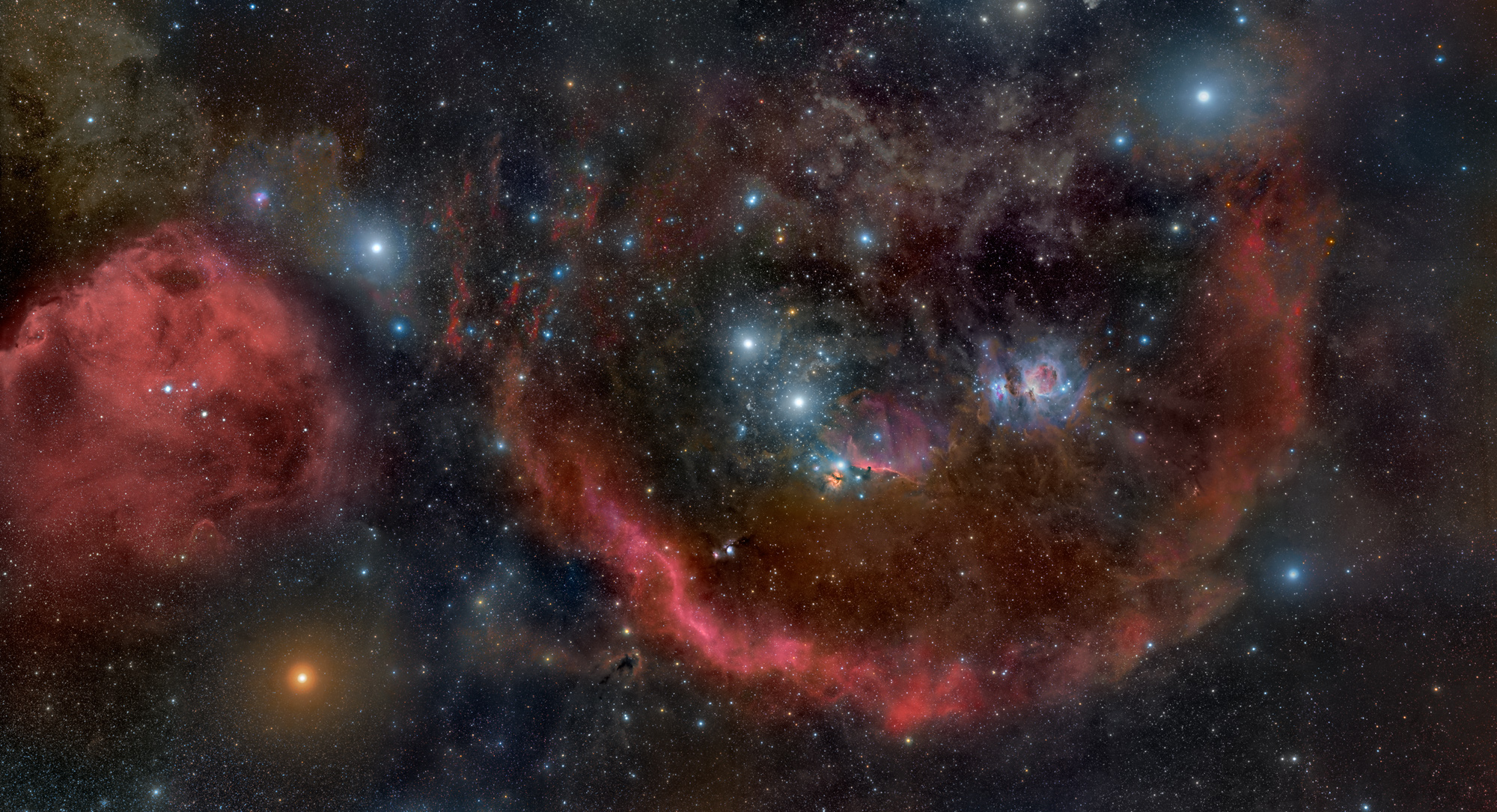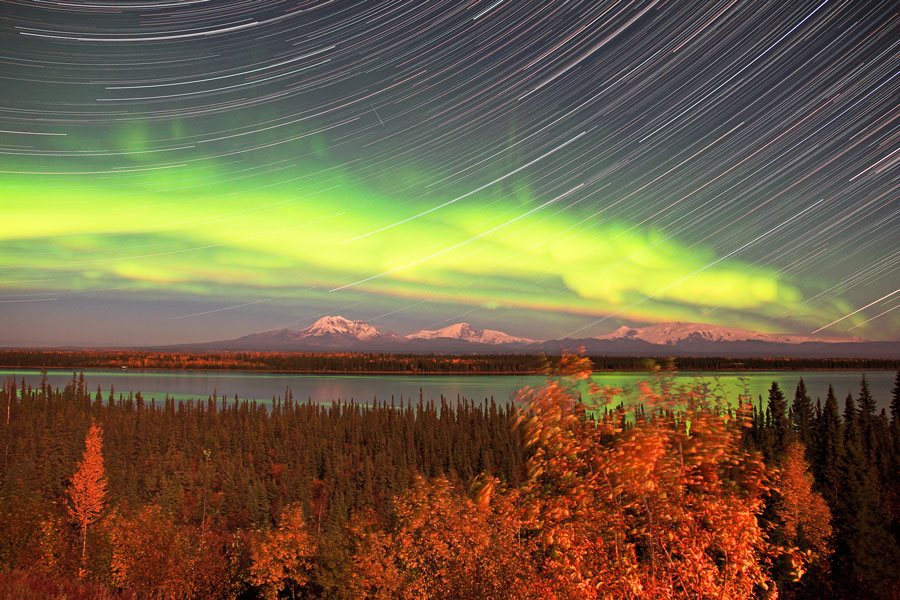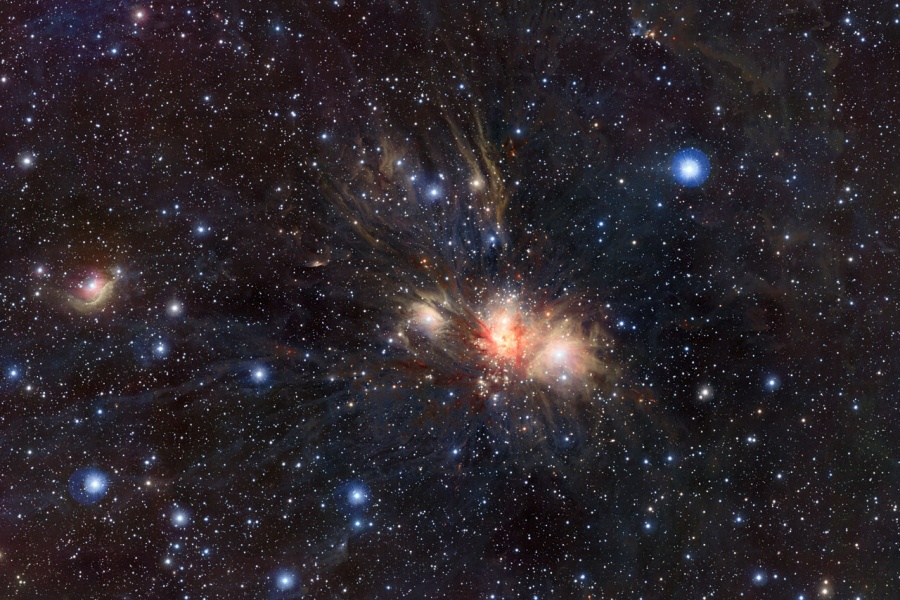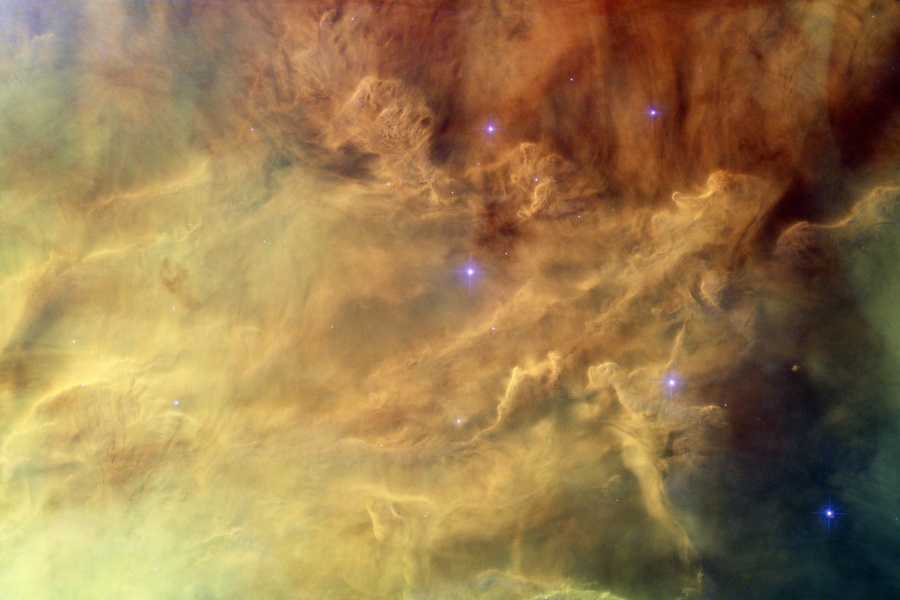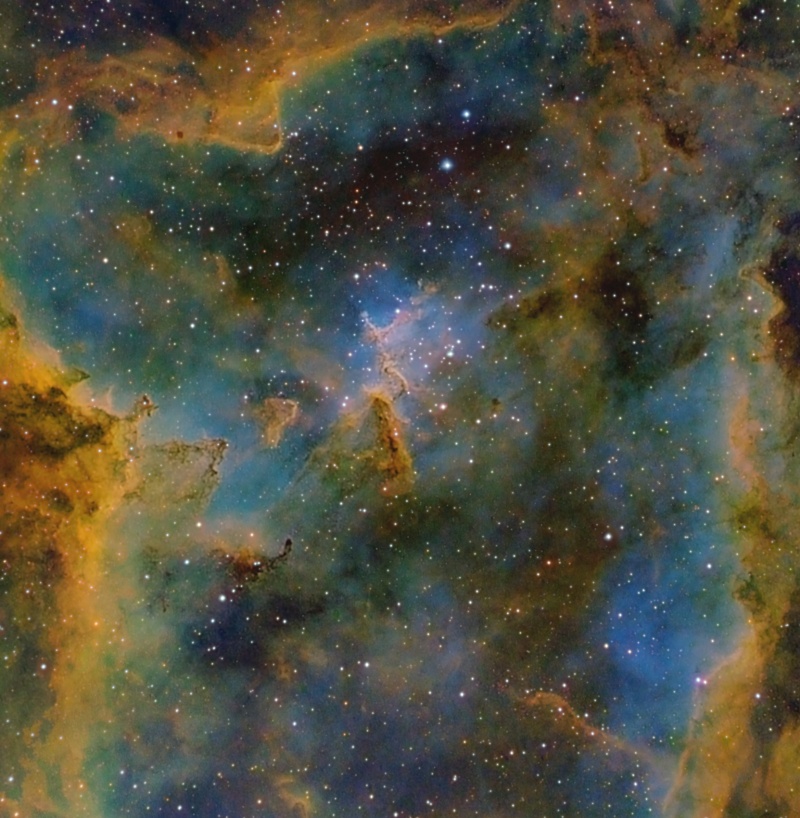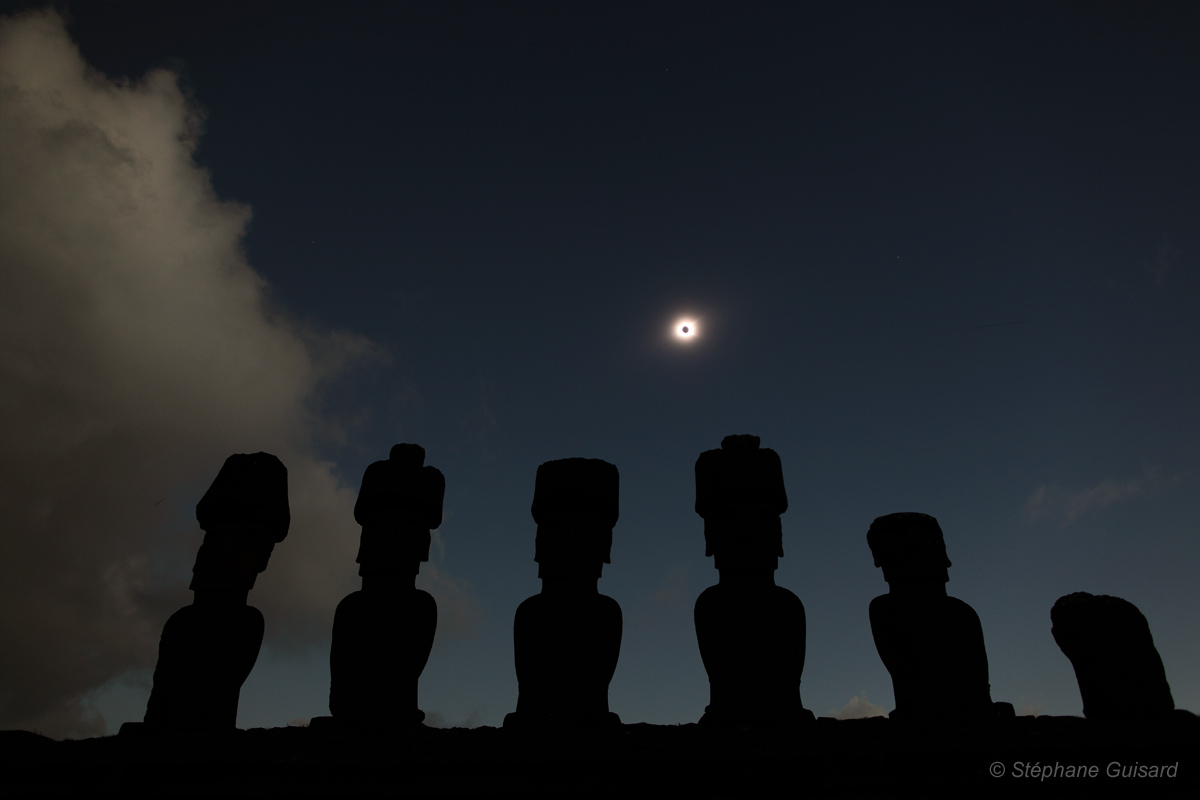What a striking photograph! I love how the light reflected off of the ice crystals on the leaf mirrors the light of the stars in the background. Easily recognizable in that background are the three stars of Orion's belt, the red giant, Betelguese, the star cluster of Pleiades, and Sirius, the brightest star in the sky. This photograph was taken in Japan earlier this month, but one can see a similar view of the sky throughout the next couple of months in the northern hemisphere. Following the link on the apod page about Japan, I learned that Japan is an archipelago comprised of 6,852 islands! Among other very interesting historical tidbits about the island nation.
